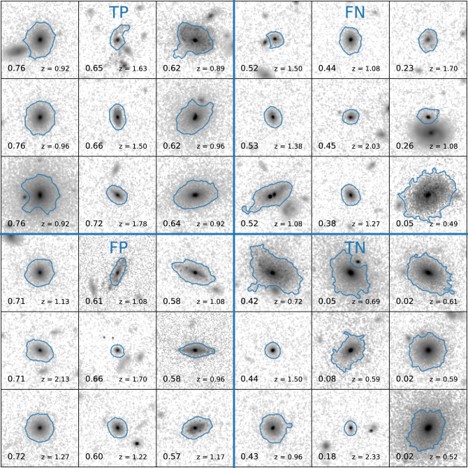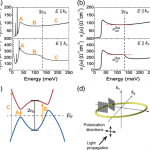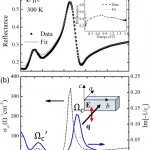Ray S. Sharma, Ena Choi, Rachel S. Somerville, Gregory F. Snyder, Hannah Jhee, Dale D. Kocevski, Michaela Hirschmann, Benjamin P. Moster, Thorsten Naab, Desika Narayanan, Jeremiah P. Ostriker, David J. Rosario
Monthly Notices of the Royal Astronomical Society, Volume 527, Issue 3, January 2024
Abstract
We analyse a suite of 29 high-resolution zoom-in cosmological hydrodynamic simulations of massive galaxies with stellar masses Mstar > 1010.9Mo, with the goal of better understanding merger activity among active galactic nuclei (AGN), AGN activity in merging systems, SMBH growth during mergers, and the role of gas content in triggering AGN. Using the radiative transfer code POWDERDAY, we generate HST-WFC3 F160W mock observations of central galaxies at redshift 0.5 < z < 3; convolve each image with a CANDELS-like point spread function; stitch each image into a real CANDELS image; and identify mergers within the synthetic images using commonly adopted non-parametric statistics. We study the connection between mergers and AGN activity in both the simulations and synthetic images and find reasonable agreement with observations from CANDELS. We find that AGN activity is not primarily driven by major mergers (stellar mass ratio > 1:4) except in a select few cases of gas-rich mergers at low redshifts (0.5 < z < 0.9). We also find that major mergers do not significantly grow the central SMBHs, indicating major mergers do not sustain long-term accretion. Moreover, the most luminous AGN in our simulations (Lbol > 1045 erg s−1) are no more likely than inactive galaxies (Lbol < 1043 erg s−1) to be found in merging systems. We conclude that mergers are not the primary drivers of AGN activity in the simulated massive galaxies studied here.



